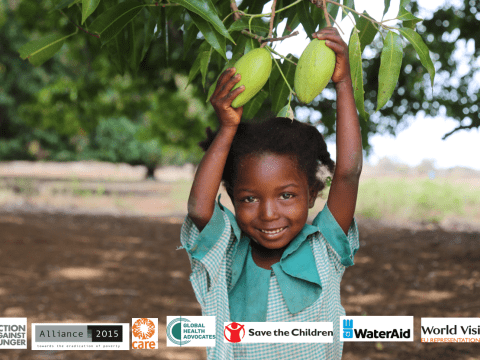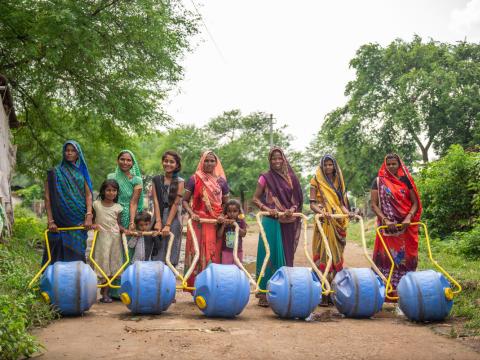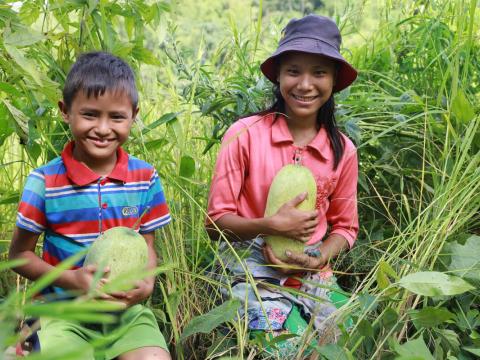
Money for Malnutrition: EU leads on finance, must match with delivery
On 7th December, at the 2021 Nutrition for Growth (N4G) Summit organized by the government of Japan, the European Union (EU) committed at least 2.5 billion euros for nutrition programming by 2024.
The EU’s contribution to the fight against malnutrition is extremely timely, and desperately needed. Following the devastating consequences of COVID-19 pandemic, the number of people facing hunger every day is estimated to have risen from 690 to 822 million in 2020, most notably in low-income countries. Although the figures for 2021 are not available yet, it is likely that the global picture will look even worse this year. Furthermore, the world is not on track to achieve the World Health Assembly (WHA) targets on maternal, infant, and young child nutrition by 2025 (1), nor the Sustainable Development Goals (SDGs) by 2030. Before COVID-19 hit, chronic malnutrition (stunting) (2) affected 149 million children worldwide, while 45 million children suffered from acute forms of malnutrition (wasting) (3).
Today, the EU has reaffirmed its strong commitment to supporting the most vulnerable people worldwide in accessing basic human needs. Nutrition is inextricably linked to other key sustainable development issues, either because it depends on them (i.e. water, sanitation and hygiene, social protection, and agriculture), because it enables them (i.e. health, employment), or because it does both (i.e. gender equality, and education). Nutrition is an important issue underlying and driving the achievement of at least 12 of the 17 SDGs (4).
Generation Nutrition applauds the ambitious renewed financial commitment to the fight against malnutrition and welcomes the EU’s continued leadership to address malnutrition in the words of the INTPA Commissioner “holistically, including support to resilient and sustainable food systems and humanitarian crises”. A real transformation of food systems is needed to ensure affordable and adequate food for all. We recall the need for the EU to ensure the multisectoral approach to nutrition in the NDICI-Global Europe instrument by strengthening social protection systems, building robust and resilient health systems that include nutrition services, and ensuring the equitable access to quality water, hygiene and sanitation services, paying particular attention to children, women and girls who are the most vulnerable in contexts such as conflict, natural disasters, and displacement. The EU should pursue its efforts in addressing all forms of malnutrition in development and humanitarian contexts, and commit to revise the EU Action Plan on Nutrition accordingly as it will expire in 2025.
Generation Nutrition will follow the full outcomes of the Summit and continue our work with the EU to keep up its leadership in delivering its pledges and bringing other major stakeholders on board to end hunger and malnutrition by 2030.
(1) The targets are: a 40% reduction in the number of children under-5 who are stunted; achieve a 50% reduction of anaemia in women of reproductive age;achieve a 30% reduction in low birth-weight; ensure that there is no increase in childhood overweight; increase the rate of exclusive breastfeeding in the first 6 months up to at least 50%;reduce and maintain childhood wasting to less than 5%, link
(2) Stunting is a condition where a child’s height is too low for his/ her age because of long-term nutritional deprivation. It is associated with longterm development and health risks.
(3) Wasting is a condition where a child’s weight is too low for his/ her height. It is associated with a high risk of mortality in young children.
(4) Global Nutrition Report 2017, link, p 10.


